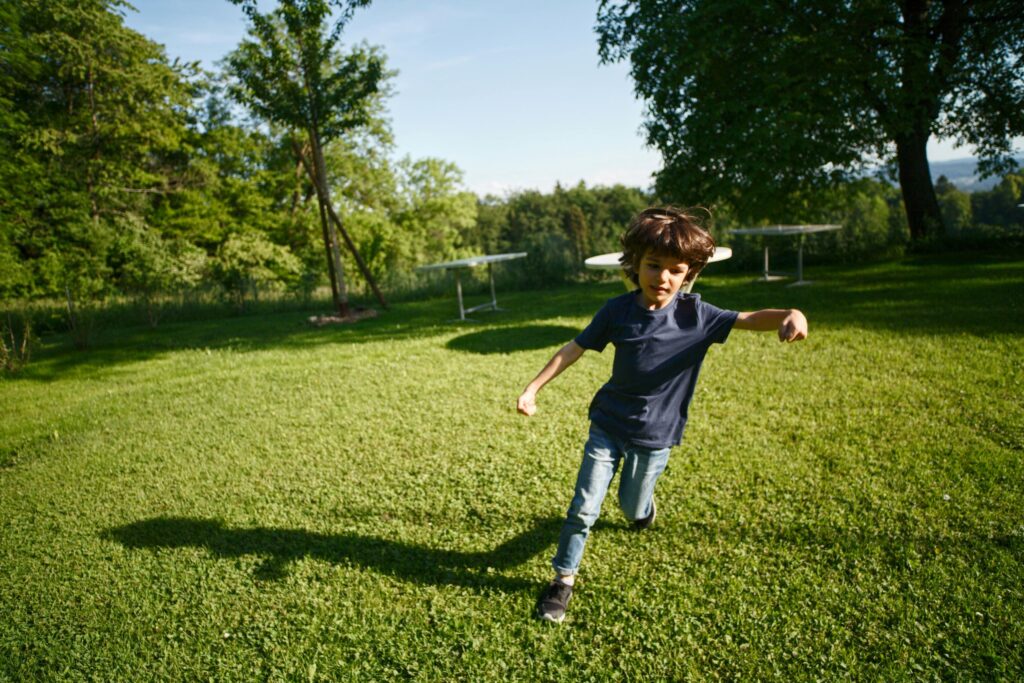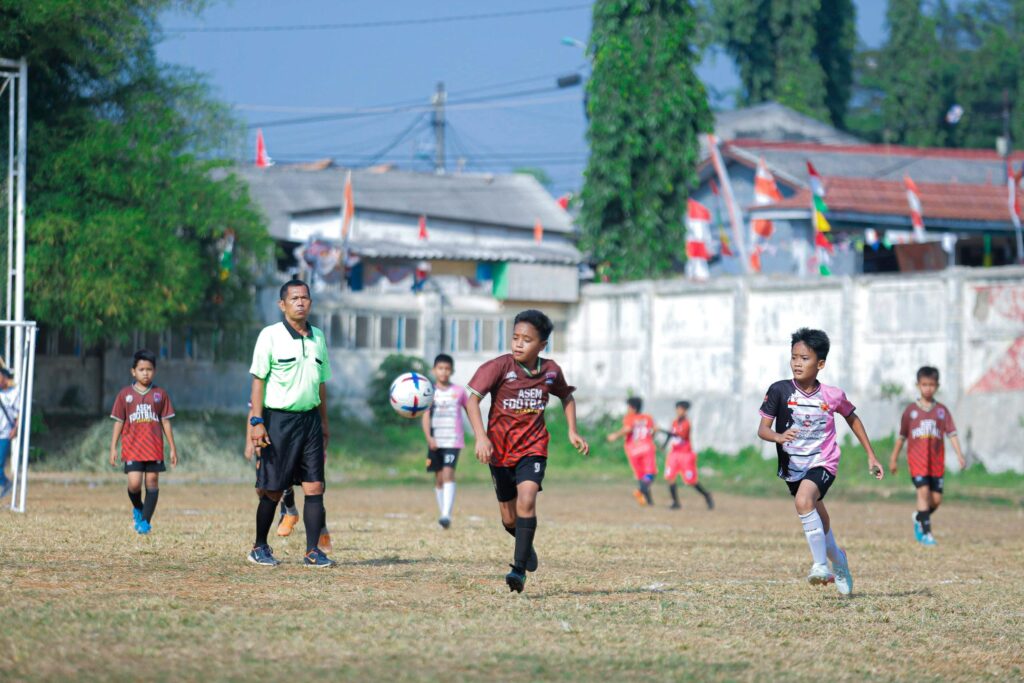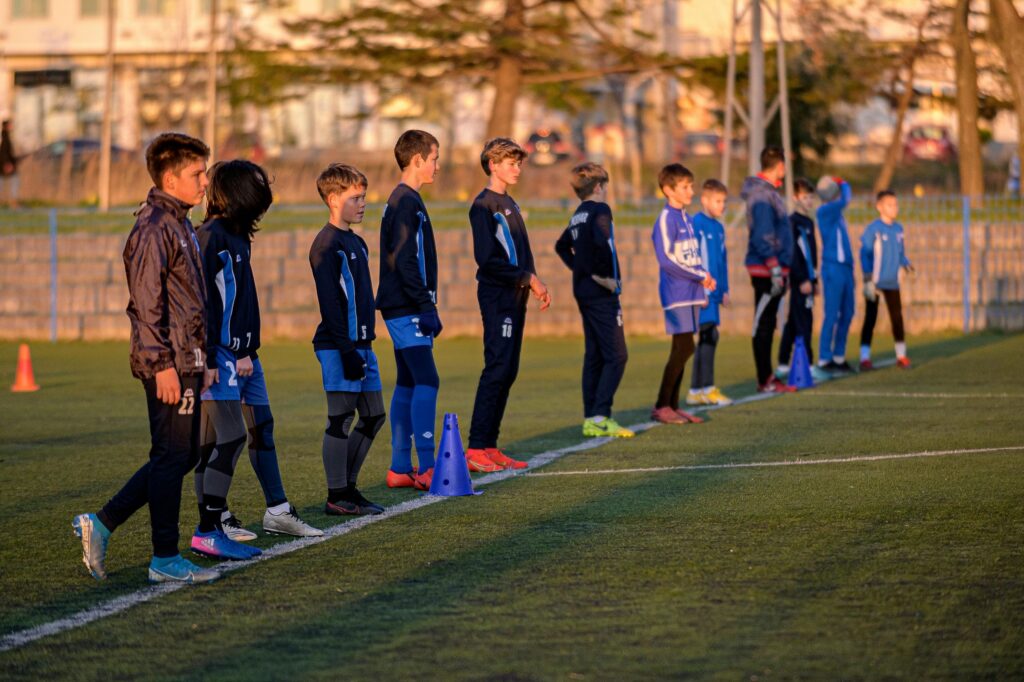Contact Us
555 Logan Road, Albury NSW 2640
Physical activities play a crucial role in the overall development of children, impacting their physical, mental, and psychological well-being significantly. These activities are not just essential for healthy growth but also for fostering life skills and improving life expectancy.
Here’s how physical activities benefit children in a comprehensive manner:





Studies have shown that an active lifestyle from a young age can add years to one’s life expectancy. Physical activity reduces the risk of chronic diseases that are major causes of mortality worldwide, such as heart disease, stroke, and diabetes.




The benefits of physical activities for children extend far beyond the immediate health advantages. They lay the foundation for a healthy, active lifestyle that can increase life span and improve quality of life. By prioritizing outdoor games and physical activities, parents and educators can help children develop into well-rounded individuals with the physical, mental, and psychological resilience needed to navigate the challenges of life. Sofia’s story is just one of many that highlight the transformative power of physical activity on children’s lives.
555 Logan Road, Albury NSW 2640